John Wayne's The Cowboys: Fascinating Facts
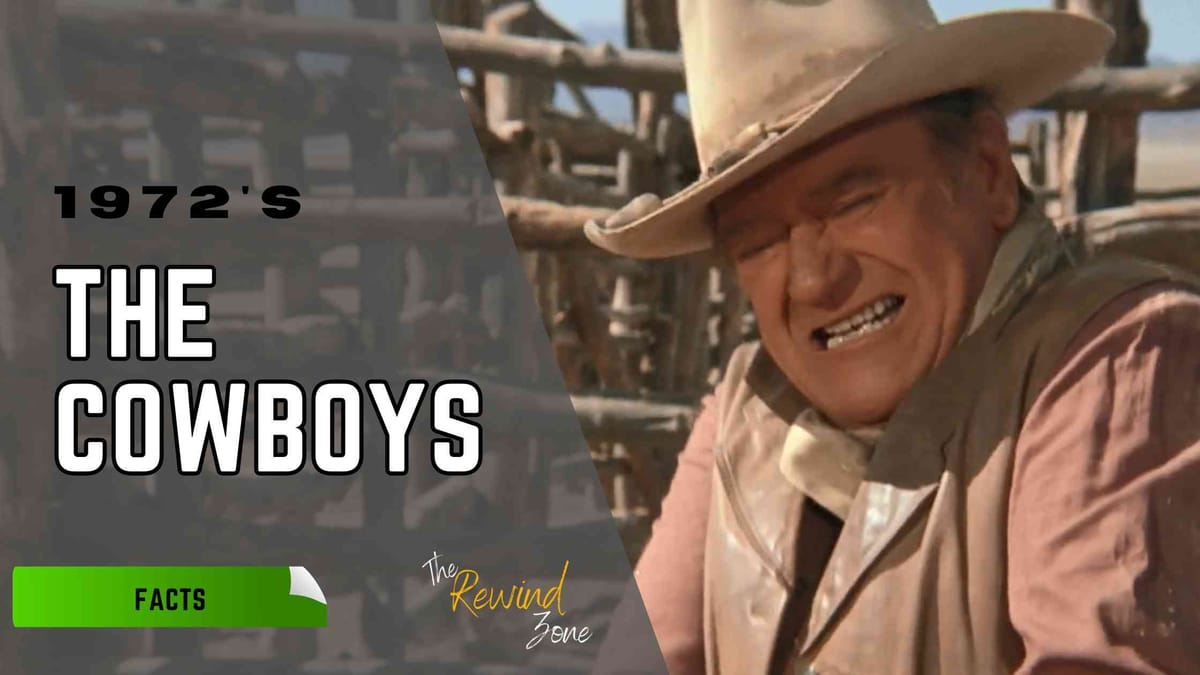
When The Cowboys galloped into theatres in 1972, the film astonished audiences and subverted expectations on numerous fronts. Starring screen legend John Wayne in one of his final Westerns, the movie additionally broke ground in the genre by introducing fresh-faced young talents in a coming-of-age tale set against vivid Western vistas. While a half-century has passed since The Cowboys' premiere, the John Wayne classic remains entertaining and impactful for both nostalgic fans and new generations discovering it.
Let's wrangle some fascinating facts behind the scenes of this surprise cinematic hit that struck box office gold and left an enduring imprint on the Western film canon. Through ups and downs during production and the critical and commercial aftermath, the film marked a memorable milestone in John Wayne's esteemed Hollywood career.
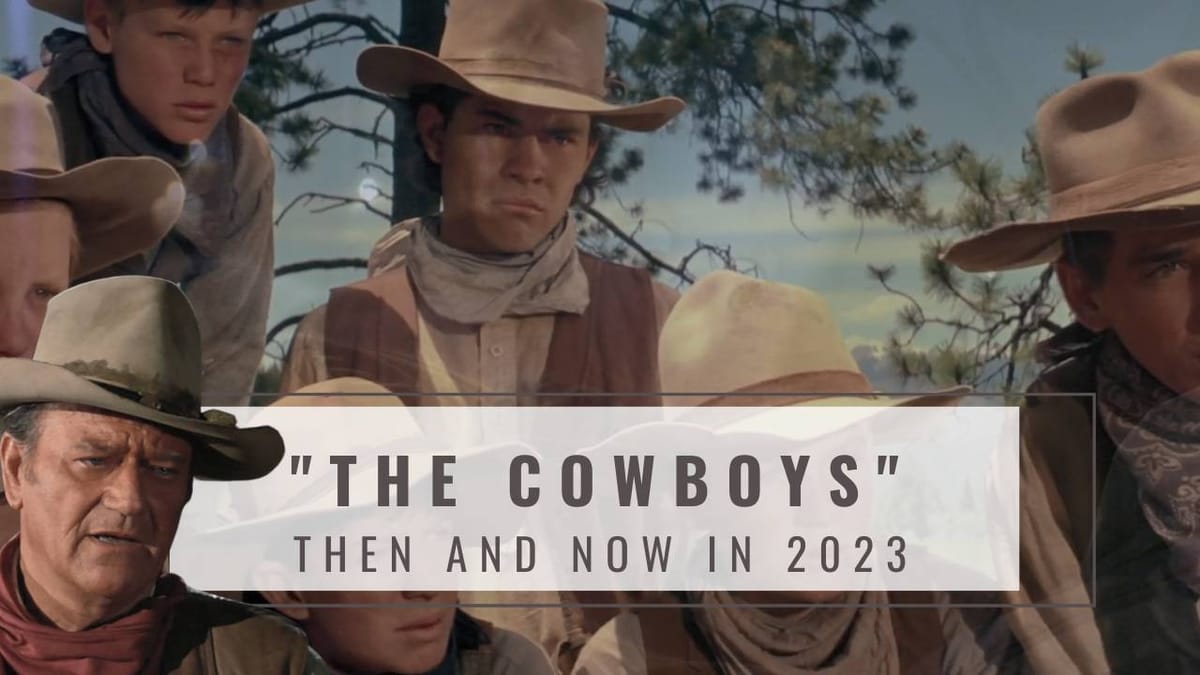
Way Behind Schedule: A Chaotic Start
Filming commenced on May 10, 1971, at various New Mexico locations, like the striking Cook Ranch site used for cattle drive scenes. But from day one, issues plagued the shoot and quickly put it behind schedule. The cast and crew faced everything from typical hiccups like cattle straying to more unusual setbacks, including a chickenpox outbreak among the young co-stars.
"Those scenes up in them mountains took forever to film 'cause them dang cattle kept wandering off and we'd have to go chase after them," recalled Slim Pickens.
At one point, over 20 boys contracted chickenpox, forcing an entire two-week shutdown.
Kids vs Adults: Rising Tensions

Simmering creative tensions emerged between veteran lead Wayne, accustomed to controlling productions, and his inexperienced juvenile co-stars, new to Hollywood filmmaking. The boys craved bigger roles, while Wayne wanted them kept firmly in the background.
Robert Carradine revealed:
"We all felt our roles shoulda been bigger. But Duke saw it different. He liked us as props."
Attempts by Carradine to offer Wayne notes were firmly rebuffed.
"I was showing him my new PRCA trophy buckle from the rodeo when Duke grabbed his belt, held his six-shooter prop to my head and said, 'You feel lucky today, pilgrim?' I shut up after that."
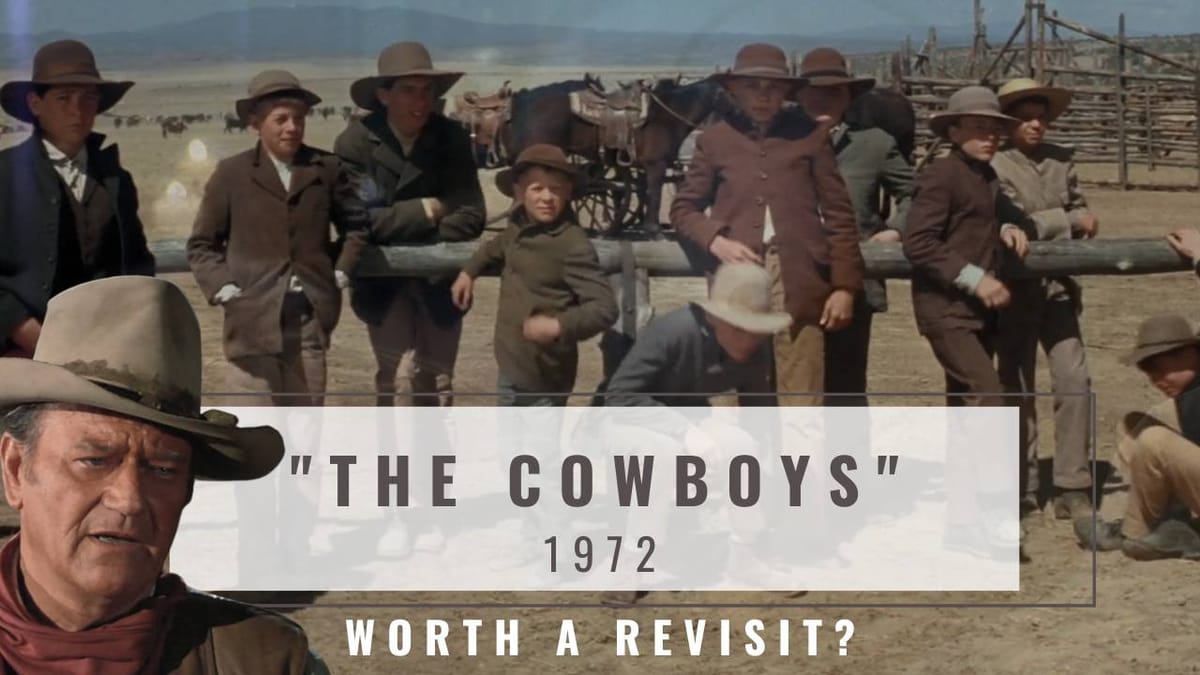
Casting Speculation
Director Mark Rydell's initial choice for the lead role had been George C. Scott, an outspoken liberal fitting Rydell's desire to oppose Wayne's staunch conservatism. But when Scott passed, Wayne was cast, despite Rydell's preference for a different actor.
Producer Michael Wayne confirmed Vince Edwards of Ben Casey fame stood next in line for the villain if Bruce Dern had declined.
Esteemed stuntman Richard Farnsworth landed a minor part, marking a transition to on-screen acting. Familiar 1970s child star Butch Patrick was deemed not rugged enough for a co-starring cowboy role.

Leif Garrett didn't yet know whether he was feeling alright, but he felt dismayed about getting turned down too.
Political Frenemies

Wayne's co-star and ideological opposite, Roscoe Lee Browne, described the interesting dynamic:
"On that set, the politics surely made for some strange bedfellows. Why, John Wayne and I used to stay up half the night debating and discussing our social perspectives over glasses of sweet mint tea."
While diametrically opposed on political issues, the two actors forged an unlikely bond over poetry memorization contests and limerick battles.
Browne observed:
"On subjects from the war to civil rights, Mr. Wayne's views tended to be less than progressive. But our shared love for sonnets proved transcendent."
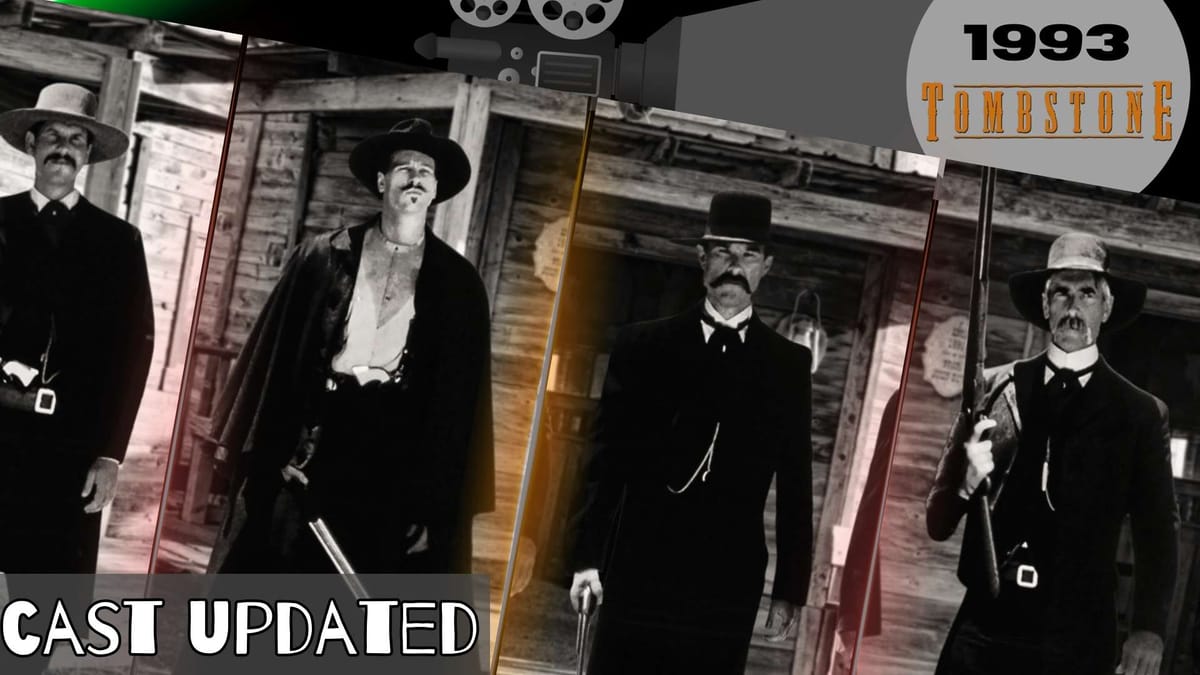
Breaking Barriers
The Cowboys interrupted John Wayne's long career as the hero to experience something rarely seen in his Westerns: the character's on-screen death.

Bruce Dern portrayed the merciless killer Asa Watts, who shoots Wayne's Wil Andersen in the climactic duel. Dern had previously killed Wayne in 1969's The War Waggon too.

"I asked Duke if he wanted me to be extra nasty to him on set so as to scare the boy co-stars. Duke said, 'You betcha!' Then he threw his coffee in my face right as filming started and bellowed 'I'm gonna bury you!' as the boys looked on terrified."
The Cowboys also marked the first Western to receive a PG rating under the relatively new MPAA film ratings system, breaking ground in the genre.
And Wayne passed on starring with Clint Eastwood in Dirty Harry because this role took priority for him.
Critical Reception
Most critics applauded The Cowboys, praising Wayne's nuanced performance, the young actors' contributions, and a smart script tackling mature themes.
Roger Greenspun of the New York Times raved:
"Wayne turns in one of the most controlled and effective performances of his career."
Ron Pennington's portrayal of cowboy Walt Garritt drew particular acclaim. Chicago Tribune film critic Roger Ebert declared:
"A nice performance by Ron Howard lookalike Ron Pennington as the sensitive young cowboy."
However, some, like Bruce Cook in The National Observer, took issue with Browne's erudite vocabulary as the black cowboy Jebediah Nightlinger.
"Browne's a mite too eloquent for an 1870s Texas cattle drive."
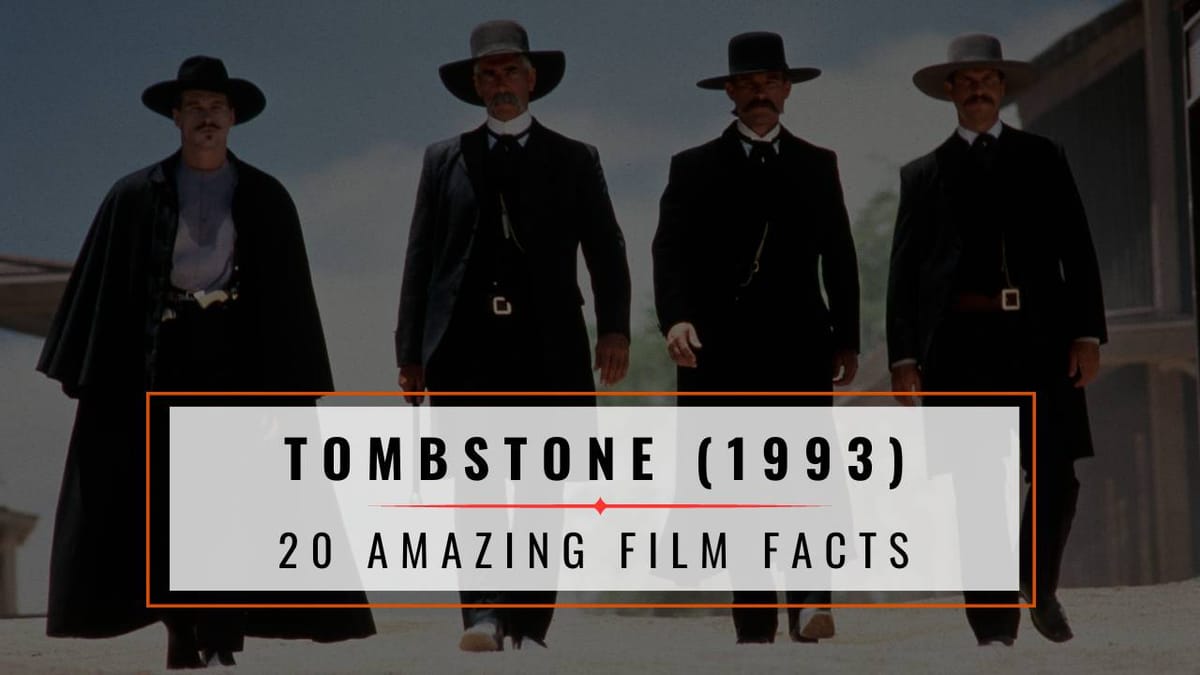
Professional Punchers
Seeking authenticity with the young cowboy ensemble, casting director Bob Morrison loaded up on real junior rodeo champs. Robert Wuhl, Clay O’Brien, A Martinez, Jim Burk, and Charles Haugk had all seriously competed in youth rodeo.
Clay O’Brien even grew up to become an eight-time PRCA World Champion team roper. Richard Farnsworth likewise brought years as a rodeo rider to his stunt career.
"We was genuine buckaroos ‘fore makin’ that picture," noted Clay O'Brien.
The only exceptions were Robert Carradine and Mike Pyeatt.
"I lied that I knew how to ride a horse to get the part but I fell off the pony at my first audition," confessed Robert Carradine.
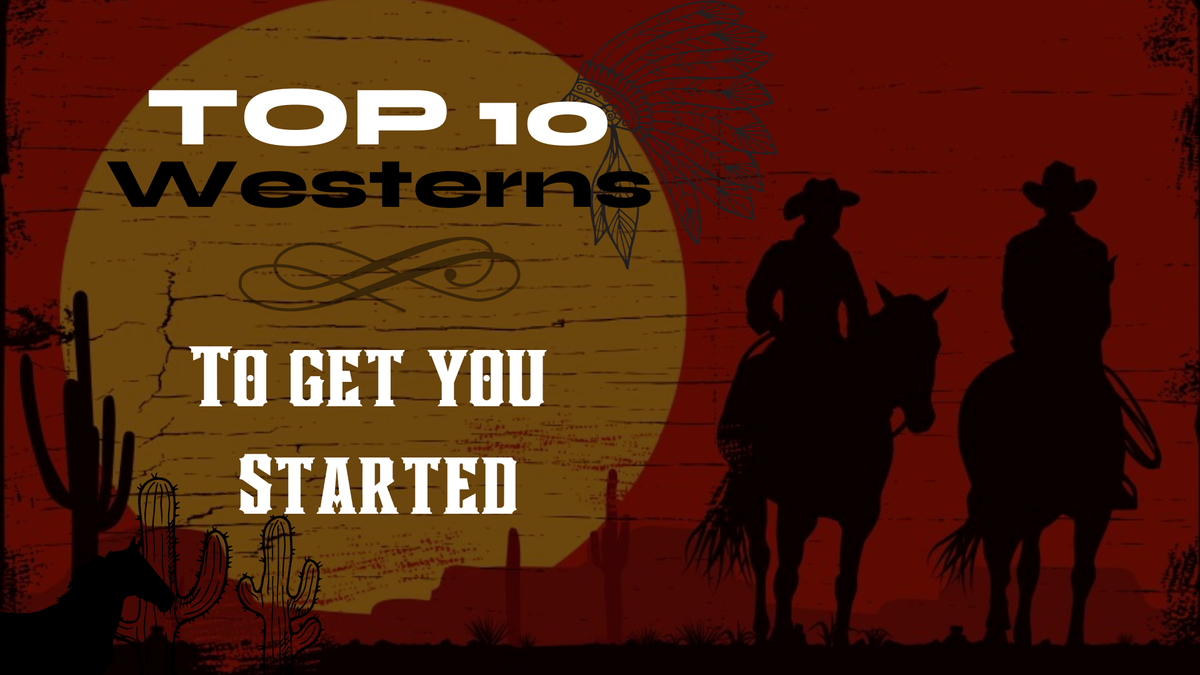
Cinematic Scores
Acclaimed composer John Williams contributed one of his earliest major Hollywood film scores for The Cowboys. The American Film Institute later singled out Williams' memorable Cowboys compositions for a 2005 nomination among AFI's 25 greatest American movie scores.
Fitting the film's themes, classical guitar pieces performed by the cowboy characters around the campfires included Antonio Vivaldi's "Guitar Concerto in D Major" and an unnamed composition by movie music supervisor Berj Zamkochian.
Bob Dylan and The Beach Boys turned down Willie Nelson's invitation to join him in recording the closing theme song, "The Cowboys," since neither figured the film would succeed. Nelson's solo version still became a smash #6 Billboard Country hit, though.
On Location

Shooting took place across New Mexico amidst spectacular backdrops like the Rio Arriba County mountain setting. The Chama Valley and Galisteo areas doubled as scenic sites in Montana and Wyoming.
"That there New Mexico brush does a fair job resembling the Northern Rockies as long as ya don't look too close," mused Slim Pickens.
The vintage 1870s schoolhouse remained fully preserved at Galisteo for the classroom sequences, with Wayne lecturing the students on stud bulls when he's not glaring ominously at a mouthy Carradine.
Stuntman Richard Farnsworth got thrown headfirst into a saloon wall over 15 times for a bit of a fight scene.
"I went through about as much hard-tack bourbon as wall plaster," he reminisced.
Financial Success
Given its $5 million budget, The Cowboys counted as a major production for Warner Bros.
Fortunately, John Wayne proved to be a consistent draw. His 1969 True Grit had taken in an astounding $31 million.
Strong critical praise and Wayne's enduring audience appeal powered The Cowboys to over $18 million during its initial domestic theatrical run. The robust earnings ranked among the Duke's highest grossing Westerns ever.
Overseas theatrical play and worldwide TV syndication over decades generated even more profits atop the healthy US box office numbers.
Lasting Legacy
The film's popularity led to an unsuccessful 1974 TV adaptation called The Cowboys, which aired for a single season. Only Robert Carradine and A. Martinez reprised their roles amidst a new cast.
During its network run, a teenage Laura Dern confessed:
"After that movie, parents wouldn't let their kids play with me. I think they worried my dad was gonna shoot them too."
In the years since its premiere, The Cowboys has become a staple of revival theatres and John Wayne film retrospectives as the Duke's final Western.
Bruce Dern summarised why he believes The Cowboys continues to find new audiences generation after generation:
"That story still touches folks' hearts 'cause it speaks to how fast innocence gets lost."
Thanks for taking the time to read this article. Please consider checking out more of our content. New articles are released weekly. Your support means the world to us.
Happy Viewing!


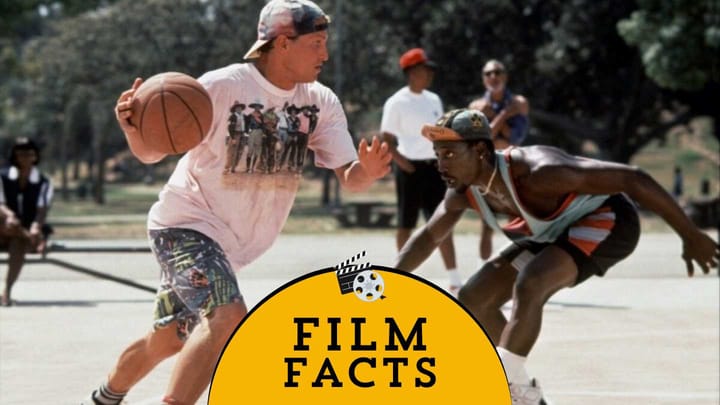
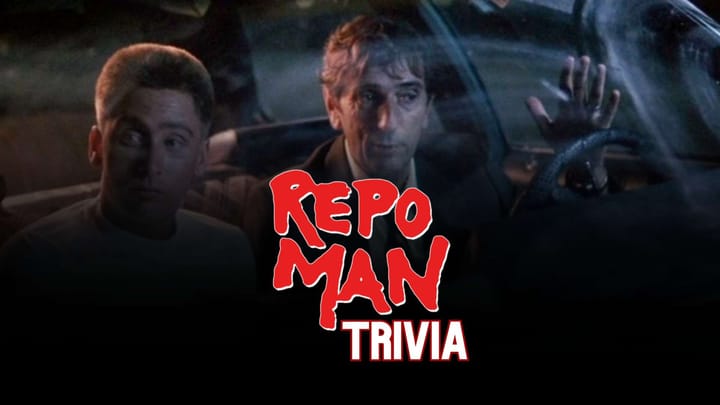
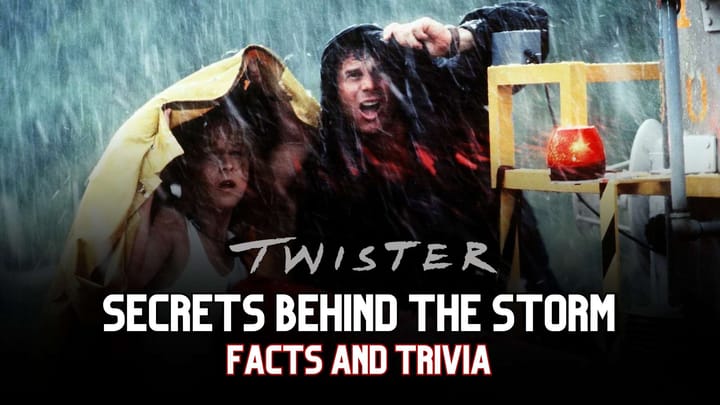
Comments ()